What a Difference a Year Makes
Eager homebuyers rallied during the first half of 2016 increasing unit absorption and median home prices by 48% and 28%, respectively according to analysis of Northwest Multiple Listing Service data released as of June 30th. The typical condominium is selling in just over a month with a median home value of $575,000. However, a closer look reveals that 135 of the 381 condominium closings so far this year were in the INSIGNIA condominium tower, a new construction development (and one remaining developer-owned unit in the Four Seasons Private Residences) whereas there were effectively no new construction deliveries or closings during the same term in 2015. When removing this spike of higher-priced, new inventory in the overall resale market still expanded by 22% year-over-year but total resale closings actually decreased 5% with 246 homes in 2016 (including a few resales at INSIGNIA) against closings of 258 units in the first half of 2015.
“These market results were anticipated given the rising demand and relatively anemic supply being added to the skyline,” said Dean Jones, President and CEO of Realogics Sotheby’s International Realty (RSIR). “I wish I could point to a cure for homebuyers hoping for greater affordability but the answer is supply and that can take years to develop.”
Below are a collection of graphs illustrating the changing market that compare the first half of 2015 with the first half of 2016, both with new construction and resale (All) as well as exclusively resale homes (Resale).
To be sure, much of what’s occurring in the development of downtown Seattle has been a common discussion about supply and demand. In 2013, Jones prognosticated on this very topic in an interview withSeattle Magazine’s Publisher’s Series in which he mentioned the northern migration of downtown Seattle and a condominium comeback, although nearly three years ago the housing market was still very much in recovery mode.
In June of 2015, RSIR published with The Puget Sound Business Journal a supplement called “The Manhattanization of Seattle,” which again spoke to the imbalance of for-sale inventory relative to the population increases and the maturing Millennial demographic.
Then, earlier this year 425 Business Magazine tapped Jones about the trends for urbanization, this time with a focus on the Eastside. He notes that the rising trend for foreign direct investment in the region and a propensity for in-fill development will have even the much smaller Eastside urban landscape soon looking more like a skyscraper city before long.
Most recently the state of the in-city housing market has less to do with projections but evidenced by consumer response. Among the newly constructed in-fill condominiums in the region (either in development or planned), which includes INSIGNIA, LUMA, Gridiron and now NEXUS, 80% of the homes have already been reserved, pending or closed.
“That’s just one of the reasons we’ve been so successful with NEXUS,” said Michael Cannon, Director of Sales for NEXUS. “We’re well positioned both in our geographic location as well as our time in the development cycle. Buyers have clearly been waiting for the next generation of high-rise living and at NEXUS, ‘X’ marks the spot.”
Cannon says homebuyers have a remarkably clear view of the future as downtown Seattle is moving north and NEXUS is in the heart of a new multi-billion dollar vertical village.
*Information gained from sources deemed reliable but cannot be guaranteed.




